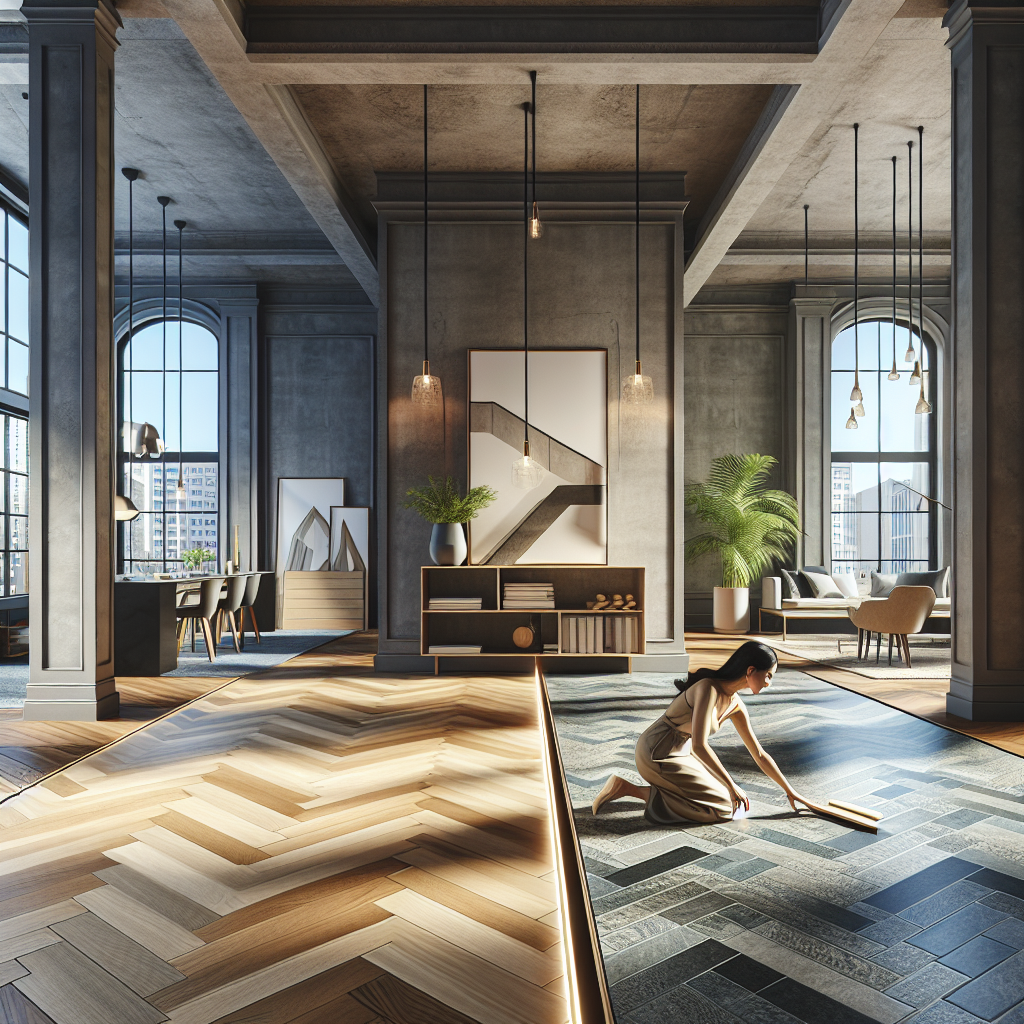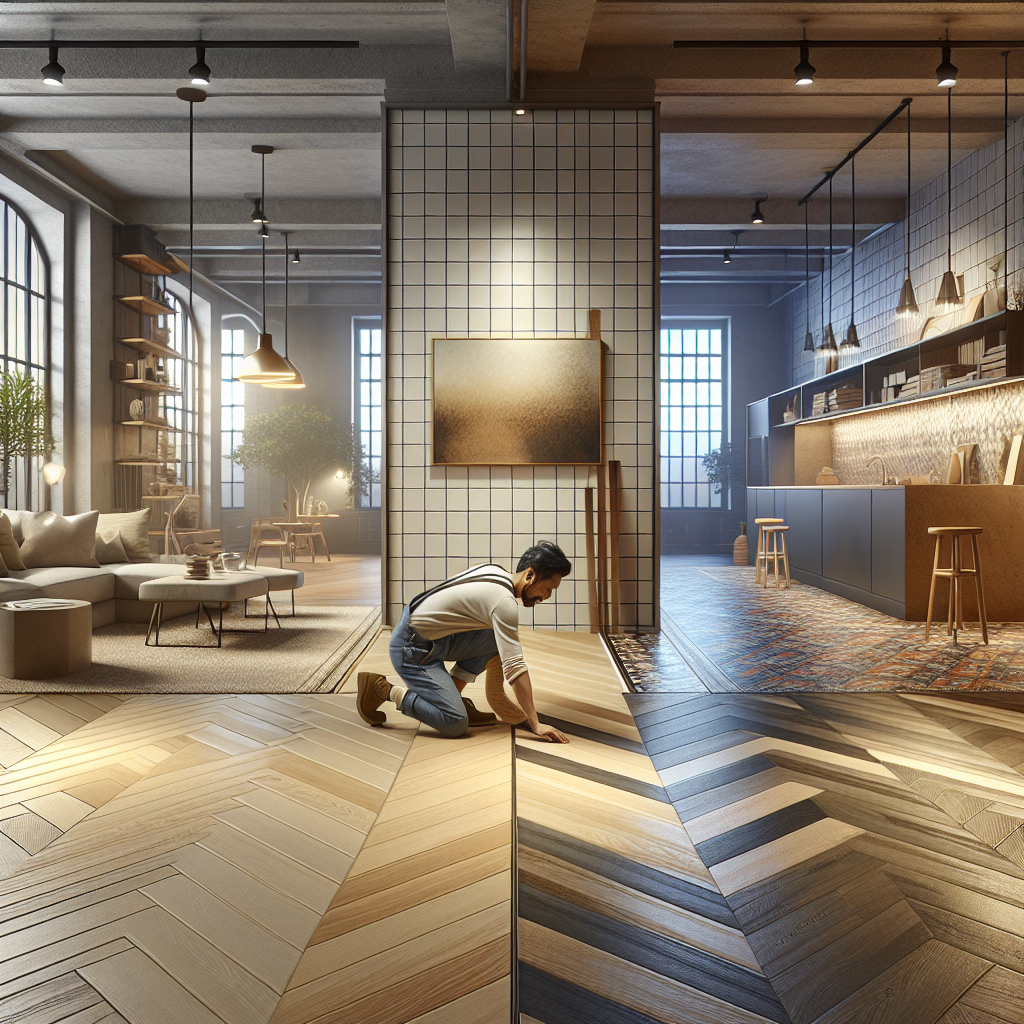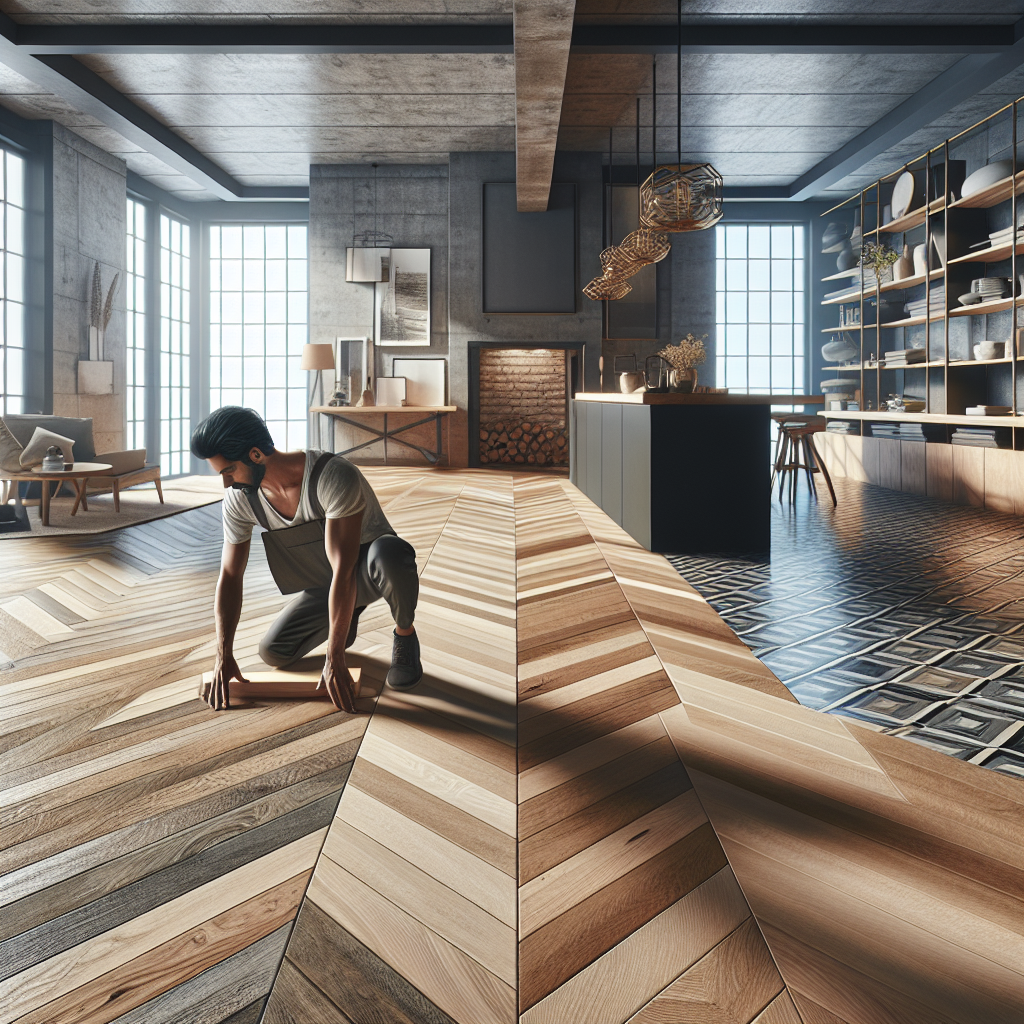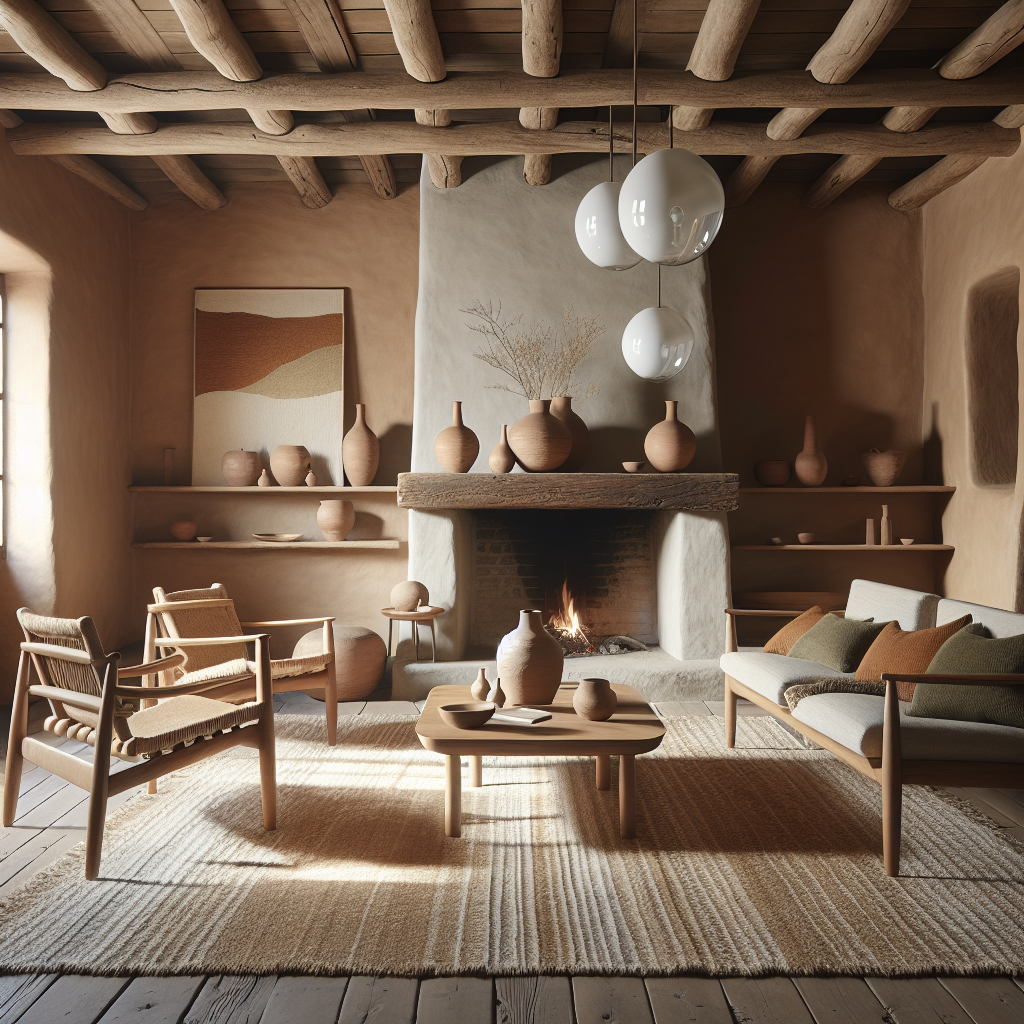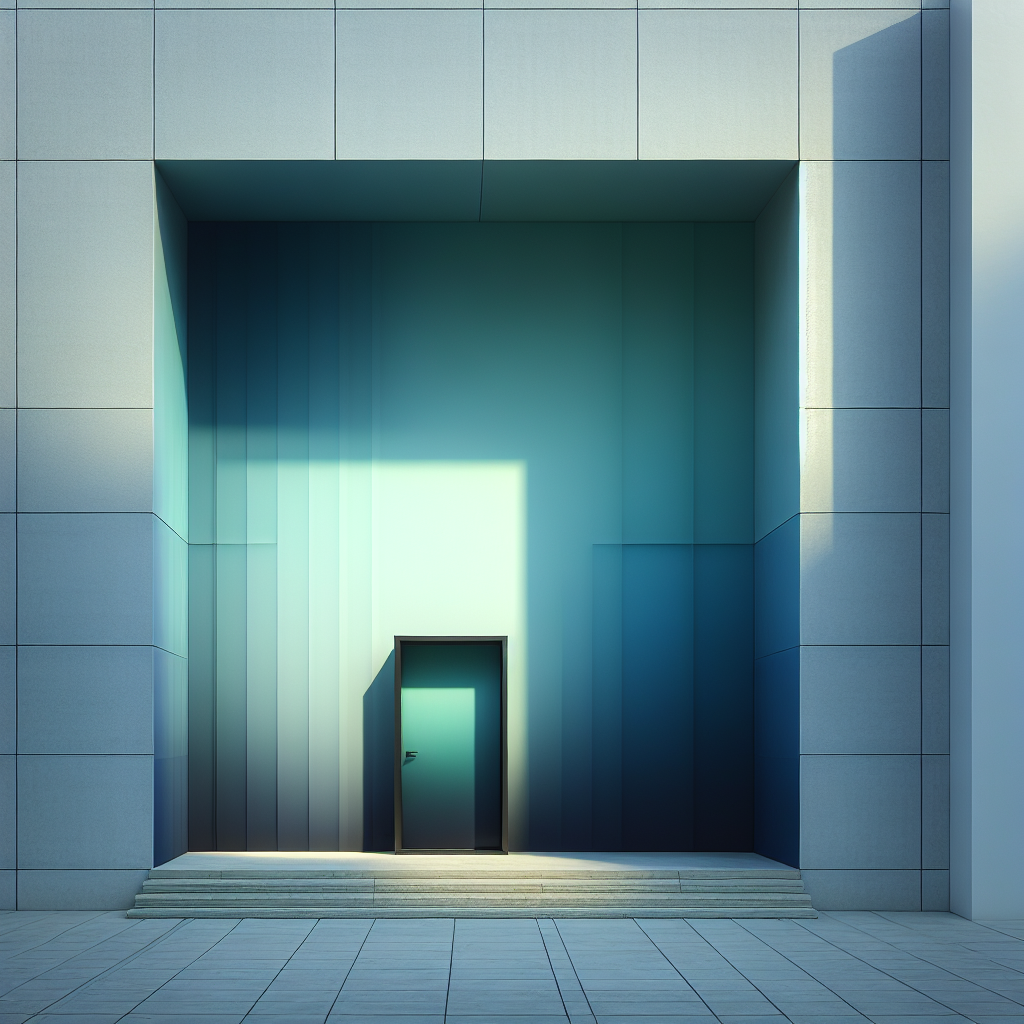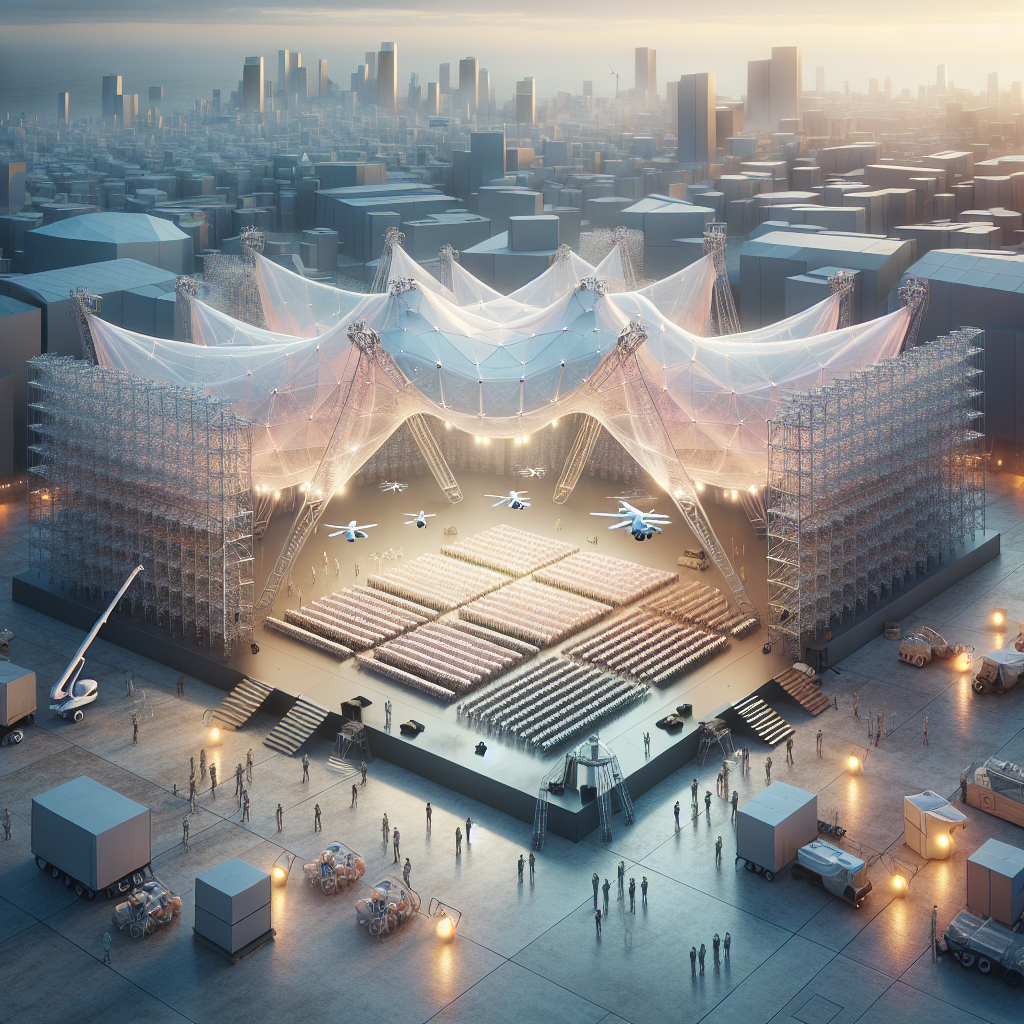Magnetic click-flooring: ultra-fast installation with interchangeable patterns
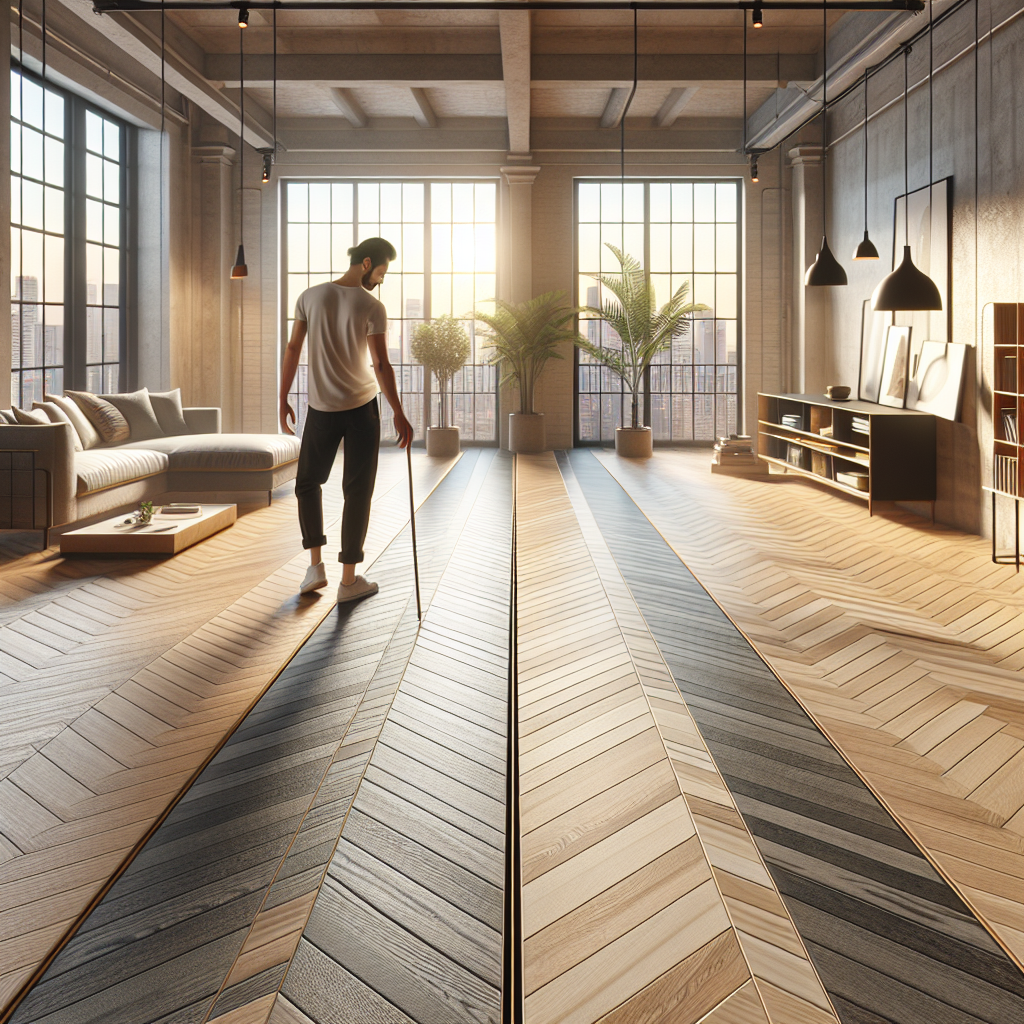
Magnetic Click-Flooring: Ultra-Fast Installation with Interchangeable Patterns
In the ever-evolving world of interior design and architecture, innovations that blend aesthetics, functionality, and sustainability are paramount. Among the latest groundbreaking developments is the rise of magnetic click-flooring, a revolutionary flooring solution that promises not only rapid installation but also unparalleled flexibility in design customization. As architects and designers continually seek solutions that marry practicality with visual allure, magnetic click-flooring emerges as a frontrunner, redefining the way we conceive and experience interior spaces.
The Magnetic Revolution: Understanding the Technology
At its core, magnetic click-flooring is ingeniously simple yet remarkably effective. Unlike traditional flooring systems that rely on adhesives, nails, or complex locking mechanisms, magnetic flooring employs a magnetized underlay combined with metallic-backed flooring tiles or planks. This innovative pairing allows for a seamless, tool-free installation process, dramatically reducing the time and labor typically associated with flooring projects.
Each tile or plank effortlessly snaps into place, guided by magnetic attraction, ensuring precise alignment and a flawless finish. The ease of installation not only accelerates project timelines but also minimizes disruptions, making it an ideal choice for both residential renovations and commercial spaces where downtime equates to lost revenue.
Design Freedom: Interchangeable Patterns and Limitless Creativity
One of the most compelling aspects of magnetic click-flooring is its inherent flexibility. Designers are no longer confined to static flooring choices; instead, they can explore dynamic, interchangeable patterns that evolve with trends, seasons, or even moods. Imagine effortlessly transitioning from a classic herringbone pattern to a bold geometric design, or from a minimalist monochrome scheme to vibrant, colorful motifs—all without professional assistance or specialized tools.
This versatility aligns perfectly with contemporary interior design trends, where personalization and adaptability are increasingly valued. According to recent industry forecasts, modular and adaptable design solutions are expected to dominate the market, driven by consumer demand for spaces that reflect individuality and accommodate changing lifestyles.
Sustainability and Circular Economy: A Responsible Choice
Beyond aesthetic and practical advantages, magnetic click-flooring significantly contributes to sustainable architecture and design practices. Traditional flooring installations often involve adhesives and materials that are challenging to recycle or repurpose. In contrast, magnetic flooring systems facilitate easy removal and reuse, aligning seamlessly with principles of the circular economy.
As discussed in our previous exploration of zero-waste masterpieces, designers are increasingly prioritizing materials and systems that minimize environmental impact. Magnetic flooring supports this ethos by reducing waste, promoting material reuse, and extending product lifespan. Additionally, the absence of adhesives and harmful chemicals contributes to healthier indoor air quality, a crucial consideration in modern sustainable design.
Case Study: Transforming Commercial Spaces with Magnetic Flooring
To fully appreciate the transformative potential of magnetic click-flooring, consider the recent renovation of a high-end boutique hotel in Milan’s vibrant Brera Design District. The hotel’s management sought a flooring solution that could adapt to seasonal design themes, enhance guest experiences, and minimize downtime during renovations.
Employing magnetic click-flooring, designers created interchangeable flooring patterns that seamlessly transitioned from sophisticated, muted tones in winter to lively, botanical-inspired motifs in spring. Installation times were reduced by an impressive 70%, enabling rapid room turnovers and minimal disruption to guests. The result was a dynamic, engaging environment that consistently delighted visitors and reinforced the hotel’s reputation for design innovation.
Residential Applications: Personalized Interiors Made Easy
In residential contexts, magnetic click-flooring empowers homeowners to experiment with interior aesthetics effortlessly. Whether refreshing a living room for a seasonal update or transforming a child’s bedroom as they grow, the simplicity of swapping out flooring patterns is unprecedented. Imagine a home office that shifts from a calming, neutral palette during focused work periods to vibrant, energizing patterns when hosting clients or creative sessions.
This adaptability resonates with the growing popularity of modular and flexible living spaces, as explored in our article on modular design solutions. Magnetic flooring not only supports aesthetic flexibility but also enhances the functionality and longevity of interior spaces, aligning perfectly with contemporary living trends.
Future Prospects: Integration with Smart Home Technology
Looking ahead, the integration of magnetic click-flooring with emerging smart home technologies presents exciting possibilities. As explored in our feature on smart home innovations, intelligent systems are increasingly influencing interior design choices. Magnetic flooring could soon incorporate embedded sensors or conductive materials, enabling interactive, responsive environments that adapt to occupants’ movements or preferences.
For instance, flooring could dynamically adjust lighting or temperature settings based on occupancy patterns, enhancing comfort and energy efficiency. Such integrations exemplify the convergence of design, technology, and sustainability, positioning magnetic click-flooring at the forefront of future-ready interior solutions.
Challenges and Considerations: Navigating the New Frontier
While magnetic click-flooring offers numerous advantages, designers and architects must also consider potential challenges. Initial investment costs may be higher compared to traditional flooring solutions, though these are often offset by reduced installation and maintenance expenses over time. Additionally, ensuring compatibility between magnetic underlays and flooring materials requires careful selection and quality assurance.
However, as adoption increases and manufacturing processes evolve, these challenges are expected to diminish, further solidifying magnetic flooring’s position as a preferred choice for innovative interior projects.
Conclusion: Embracing the Magnetic Future
Magnetic click-flooring represents a significant leap forward in interior design and architecture, offering unparalleled installation speed, design flexibility, and sustainability. Its ability to effortlessly adapt to evolving aesthetic preferences and functional requirements positions it as an essential tool for contemporary designers and architects seeking innovative, future-proof solutions.
As we continue to explore and embrace advancements like magnetic flooring, the possibilities for creating dynamic, personalized, and sustainable spaces become increasingly limitless. This magnetic revolution is not merely a fleeting trend but a transformative shift, redefining the boundaries of design creativity and functionality.
Further Reading and Inspiration
For those interested in exploring additional innovative design solutions, we recommend our articles on biophilic design and wooden skyscrapers, both of which delve into sustainable, forward-thinking approaches shaping the future of architecture and interior design.
Additionally, Wikipedia offers comprehensive insights into related topics such as sustainable architecture, modular design, and smart home technology, providing valuable context and further exploration opportunities.
As magnetic click-flooring continues to gain traction, its impact on design practices promises to be profound, ushering in a new era of flexibility, sustainability, and innovation in interior spaces.
